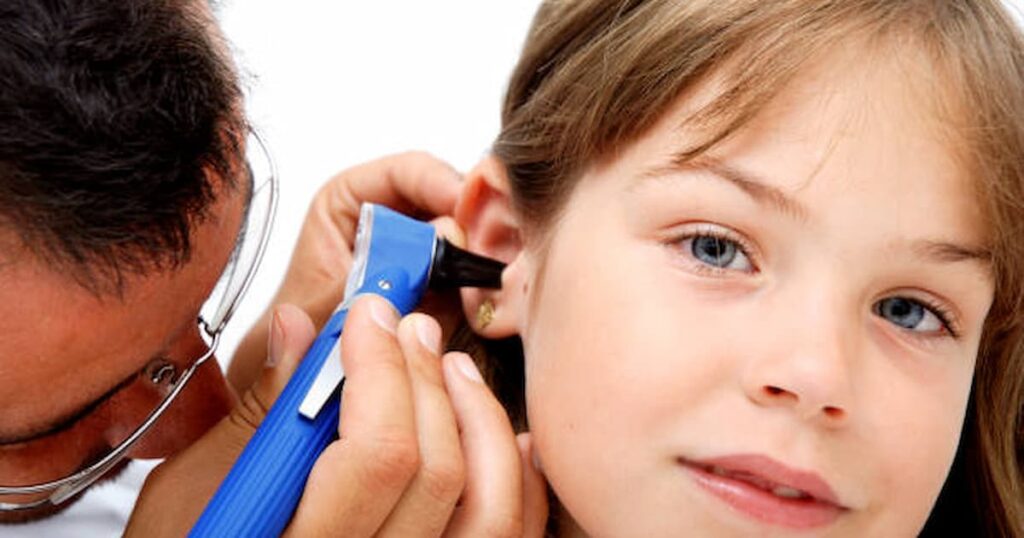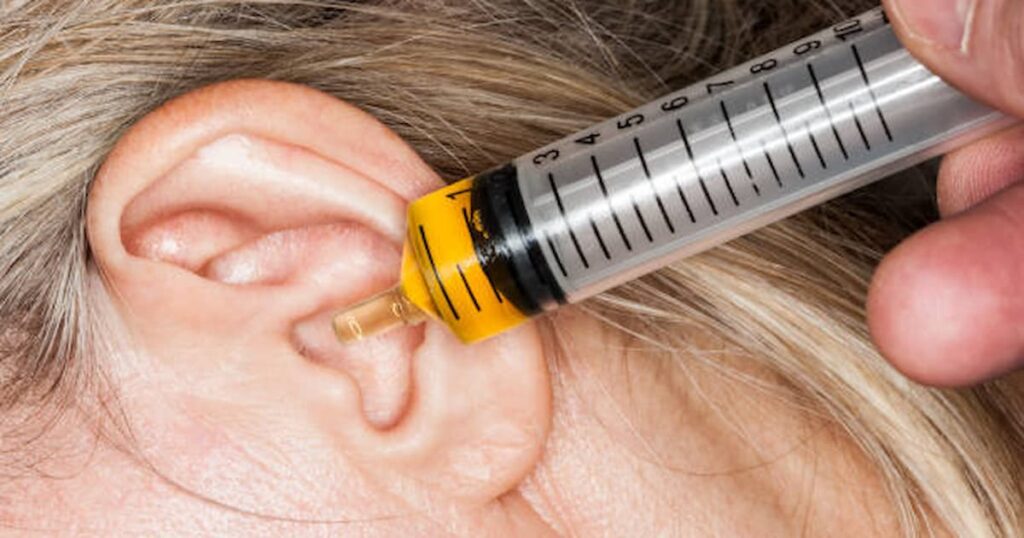Looking for safe and effective ear wax removal options in Leicester? Look no further than your The Local Pharmacy. We offer a variety of services to help you hear clearly and comfortably. To learn more about our microscution services, click here.
The role of ear wax in the prevention of infections and other ear-related conditions
Ear wax, also known as cerumen, plays a vital role in protecting your ear from infections and other ear-related conditions. It is a natural barrier secreted by the sebaceous and apocrine glands in the skin of the ear canal. Meanwhile, it contains antimicrobial properties that help to fight off bacteria and fungi.
Additionally, ear wax serves several crucial functions, which include the following:
- – Safeguarding the ear from bacterial infections by creating a mildly acidic environment.
- – It also helps to prevent dust and dirt from penetrating deep into the ear canal or reaching the eardrum.
- – Ear wax provides lubrication and protects the ear against injury or damage.
On the other hand, removing the ear wax excessively can also leave the ear canal unprotected and vulnerable to infections. As a result, an excessive build-up of ear wax may also lead to uncomfortable symptoms, which include the following:
- – Hearing loss
- – Extreme ear discomfort
- – Ear pain
Thus, finding the right balance between ear wax removal and preservation is crucial to maintain optimal ear health.

The protective function of ear wax in the ear canal
An ear canal is a delicate structure which needs protection from external factors. Ear wax in the canal is a natural shield that protects the ear canal from dust, dirt, and other foreign particles. Meanwhile, it also helps to keep the ear canal moist, preventing dryness and irritation.
Hence, ear wax is essential to the ear’s self-cleaning mechanism. It moves out of the ear canal naturally, carrying with it any accumulated dirt or debris.
Nevertheless, in some cases, the wax can build up, causing discomfort and hearing problems.
The impact of ear wax on the development of middle ear infections
An ear wax buildup can significantly impact the development of middle ear infections. A middle ear is located behind the eardrum, and excessive ear wax can prevent proper ventilation, leading to the accumulation of bacteria and fluid.
When you have too much ear wax, it can cause a few different symptoms. You might notice that your hearing is not as good as usual or that your ears are clogged. You may also experience an earache or a ringing or buzzing sound in your ears. Moreover, sometimes you might even feel dizzy and nauseous, which is called vertigo.
Consequently, regular ear wax removal can help prevent the development of middle ear infections. However, it is essential to use caution when removing ear wax to avoid damaging the delicate structures of the ear.

The role of ear wax in preventing the growth of bacteria and fungi in the ear canal
As mentioned before, ear wax contains antimicrobial properties that can help to prevent the growth of bacteria and fungi in the ear canal. These properties are essential for maintaining the ear’s natural defences against infections yet also against other ear-related conditions.
The importance of individualised approaches to ear wax management
Ear wax composition and properties vary from person to person. While some people produce more ear wax than others, the consistency and colour of the wax can also vary. Therefore, it is essential to take an individualised approach to ear wax management.
In addition, the type of ear wax you have can impact the method of removal and the frequency with which you need to remove it.
Therefore, we recommend seeking advice from our professional team to ensure that your ear wax management plan is tailored to your specific needs.

Let the pro’s look after your ears…
Are you looking for an ear wax checkup in Leicester? Look no further than The Local Pharmacy!
Our experienced staff can provide a thorough and gentle examination to determine if you need ear wax removal. Contact us today to book an appointment and take the first step towards better ear health. If you can’t see the service below on our calendar, then please get in touch with us directly at one of our branches.
This blog post was written on behalf of The Local Pharmacy by Pharmacy Mentor.
